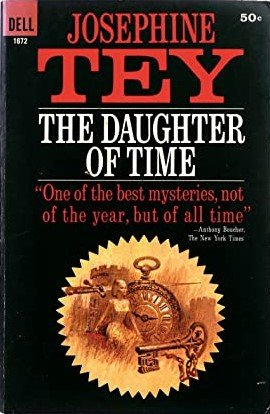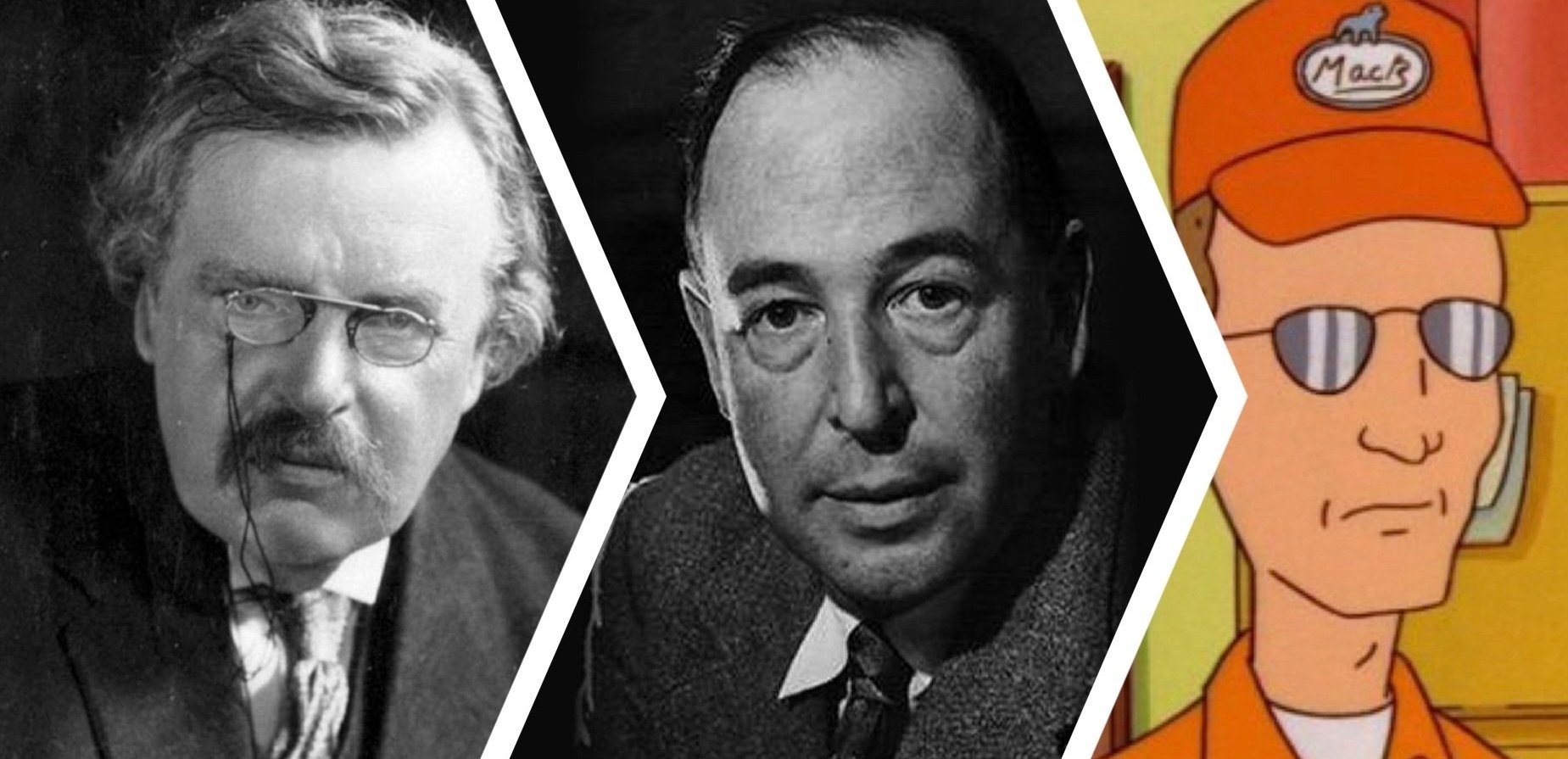The Daughter of Time
/The Daughter of Time, the final novel by Josephine Tey (1896-1952), concerns Scotland Yard detective inspector Alan Grant. Having fallen into an open manhole while pursuing a suspect, Grant lies recovering from his injuries in a hospital bed, morosely memorizing the cracks in the ceiling above him, nursing jocular grievances against his two nurses, and longing for something good to read rather than the drivel that friends have provided him.
For lack of anything better to do, he goes through a stack of portraits of historical figures. Grant prides himself on his ability to judge character by “physiognomy,” a gut instinct based on a lifetime of looking at faces, but he is brought up short by the portrait of a man in late medieval clothing, with a sensitive face full of suffering.
A judge? A soldier? A prince? Someone used to great responsibility, and responsible in his authority. Someone too conscientious. A worrier; perhaps a perfectionist. A man at ease in a large design, but anxious over details. A candidate for gastric ulcer. Someone, too, who had suffered ill-health as a child. He had that incommunicable, that indescribable look that childhood suffering leaves behind it, less positive than the look on a cripple’s face, but as inescapable. This the artist had both understood and translated into terms of paint. The slight fullness of the lower eyelid, like a child that has slept too heavily; the texture of the skin; the old-man look in a young face.
The man in the portrait turns about to be King Richard III.
This gives Grant pause. All he knows of Richard III is Shakespeare’s murderous, usurping hunchback, the murderer of the Princes in the Tower, a tyrant risen up against by his own outraged people and justly struck down at Bosworth Field. How could Grant have erred this badly in his instincts and judgment?
The question nags at him. He asks everyone who comes to visit—friends, nurses, the occasional doctor—what they know about Richard III. He gets the same responses: Hunchback, wasn’t he? Stole the throne? And, over and over, Didn’t he kill his nephews, those poor boys in the Tower?
The cold-blooded murder of the Princes is the sticking point for Grant. He seeks evidence for the story in the written record. The one history book available to him in the hospital is an old elementary school textbook kept by one of his nurses, a well-intentioned but half-educated bore. The book contains nothing about Richard beyond what everyone seems to know already. Grant’s sense that something is off deepens. He becomes suspicious. How does everyone know the same rote story about this man? How is everyone so sure of it?
Grant has friends browse London bookshops for biographies and big fat historical surveys and orders specialist titles. He traces Shakespeare’s version of Richard III back to a posthumous book by St Thomas More and digs back further still. More was a child when Richard fell at Bosworth Field; where did he get his information? Marta, the actress friend who first suggested going through historical portraits to pass the time, puts him in touch with Brent Carradine, an unemployed student who does the shoe-leather work in Grant’s investigation—visiting archives, digging through contemporary records, comparing secondary sources with what can be known from the primary sources.
Still supine in his hospital bed, Grant assesses each new item of evidence critically, as a detective, establishing a timeline of events, looking for motive, trying to look beyond hearsay. What was Richard’s relationship with his elder brother, the father of the Princes, like? When were the Princes last seen alive? Where? By whom? What did people say at the time? And if Richard wasn’t responsible for the disappearance of the Princes, who was?
I’m not giving too much away to say that Grant concludes that Richard III was not guilty of the crime. Tey, through Grant, makes a compelling case for his innocence. Who Grant determines is the actual culprit, and why and when he had the Princes killed, is a bit more tenuous, but I’ll leave that to you to decide.
After all, the joy of The Daughter of Time is not the conclusion but the detective work—that is, Grant’s historical research into virtually every assumption behind the popular story of Richard III and every detail of what actually happened. The obsessive quality of the work, of sensing that you’re on the right track, that you’re this close to finding something forgotten or hidden, of getting to know a small set of sources so well that you can mentally play them by feel like the strings on a harp, is vividly conveyed in Grant’s hospital bed investigation. Ideas and theories nag at him until he does something to find out the truth. He can’t sleep. He talks of nothing else. He is so consumed with his investigation that the a continuous, driving source of the novel’s suspense is Grant’s helpless, fevered waiting for the arrival of new sources. And when, after following a trail of evidence, he discovers something, makes a connection between two seemingly disparate facts…
I have read no other book that captures so well not just the work but the thrill of really studying the past.
All of which makes The Daughter of Time not just a remarkably exciting mystery—again, about an injured cop who can’t get out of bed—but a model for how historical research works. Like Grant, you may start with a story that interests or entertains you. Like Grant, you should certainly want to know the truth behind it. And, like Grant, this desire will lead you further back into the past, through generations of secondary sources—many of them endlessly quoting each other and repeating versions of the same stories—to the primary sources, the raw material. Hopefully, to the truth.
However—
This novel is also a case study in the dangers inherent in trying, definitively, to solve thorny historical questions. Grant demands too much of his primary sources, wanting greater consistency and clearer explanatory power than any primary sources can hope to provide. His critical eye and skepticism toward potentially biased sources turns into outright contempt for those that contradict his thesis and toward past historians who have weighed the same evidence and reached different conclusions. And, in the end, he has far more certainty in his theories than is warranted. What Grant is in danger of becoming—like many an historian before him, both professional and amateur—is a crank.
Lightly paced, deftly plotted, well-written, witty, and continuously engaging from beginning to end, The Daughter of Time is a delight. I don’t want to undersell this aspect of the story; it is one of the best, most enjoyable novels I’ve read this year. That it is also a brilliantly designed introduction to how to study the past more deeply and truthfully and, seemingly by accident, a study of the tensions inherent in investigating and correcting historical myths is a wonderful bonus.
There are locked-room mysteries and closed-circle-of-suspect or “country house” mysteries. Here is a mystery that takes place in a single bed and across four and a half centuries, where the country house is all of England, past and present, and the locked room the historical record. I highly recommend it. This is no ordinary mystery and, fortunately for us, and for Richard III, Grant is no ordinary detective.















